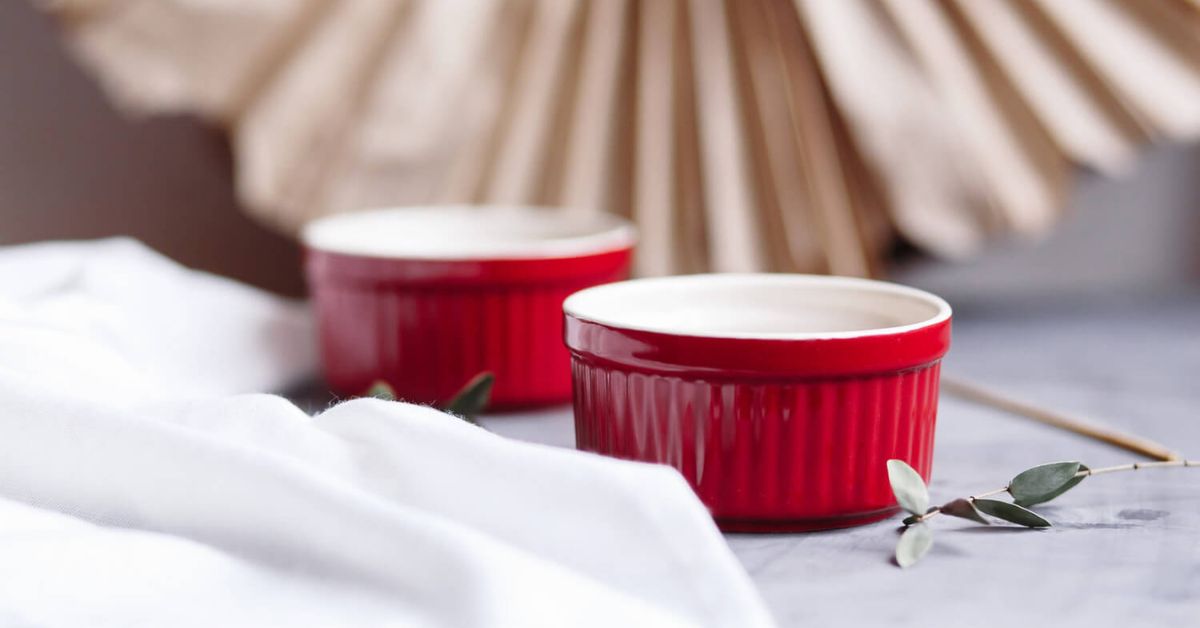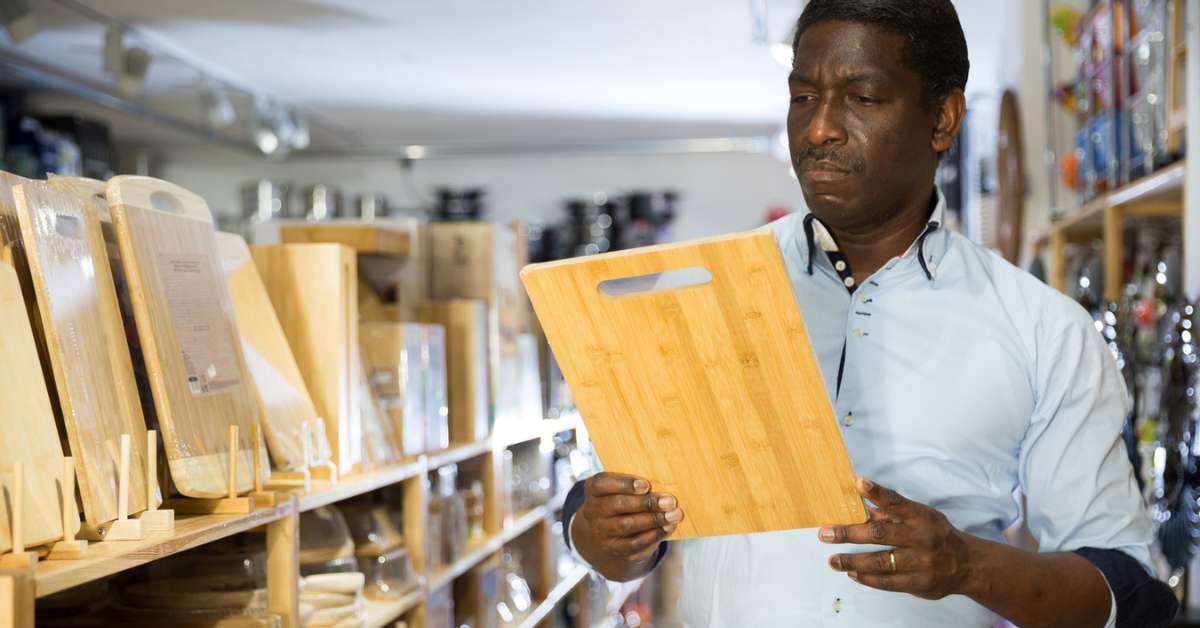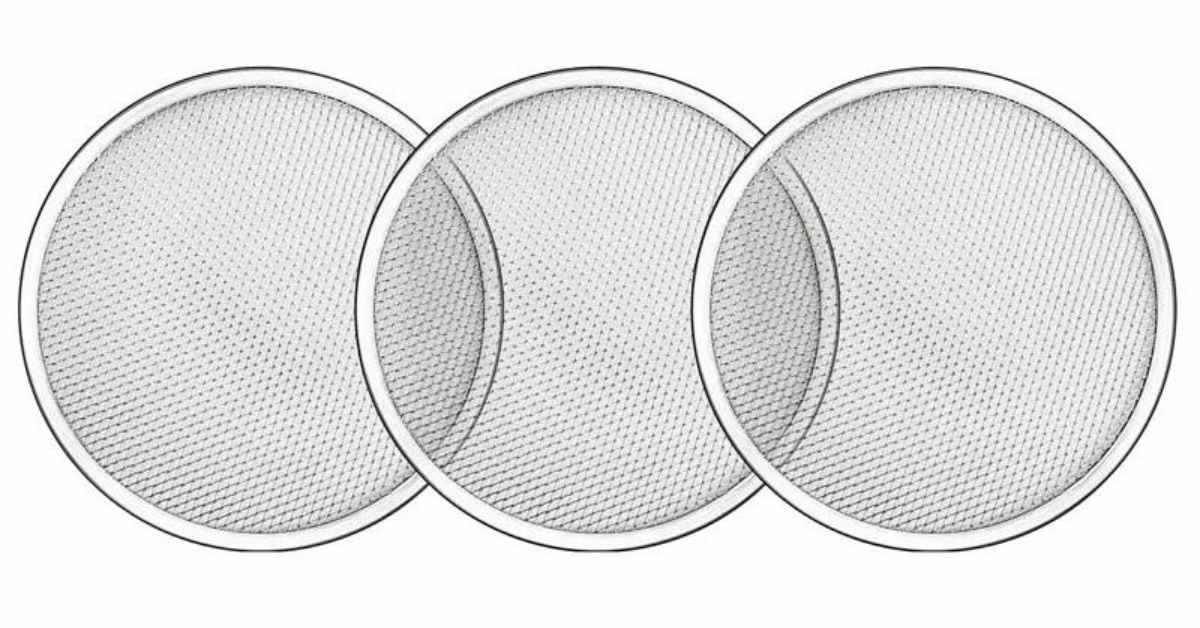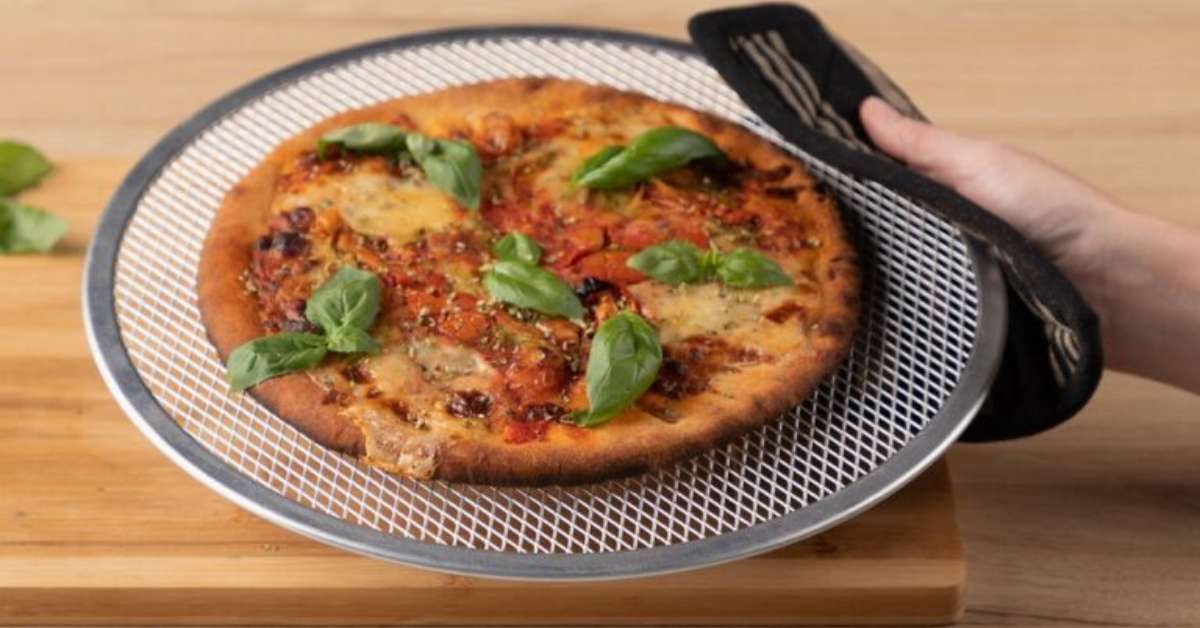Cooking times for ramekins in the oven can vary depending on the recipe and the size of the ramekins.
Table of Contents
ToggleUnderstanding Ramekins And Their Uses
Ramekins are versatile kitchen vessels that are commonly used in cooking and baking. They come in various sizes and materials, including ceramic, porcelain, and glass. Here are a few benefits of using ramekins in your culinary adventures:
Portion Control: Ramekins are perfect for creating individual-sized portions of your favorite dishes. Whether you’re serving appetizers, desserts, or main courses, ramekins help you control portion sizes and present your dishes beautifully.
Uniform Cooking: Ramekins ensures even and consistent cooking. Their small size allows heat to distribute evenly, resulting in perfectly cooked dishes every time.
Personalized Flavors: Ramekins are great for experimenting with flavors. You can create individual custards, soufflés, or casseroles, each with its unique combination of ingredients. This allows you to cater to different preferences and dietary restrictions.
Multi-purpose: Ramekins can be used for both savory and sweet recipes. From crème brûlée to mini pies, ramekins are versatile enough to handle a wide range of dishes. They can be used in the oven, microwave, or even the freezer.
Overall, ramekins are handy kitchen tools that offer convenience, versatility, and creativity in your cooking endeavors. So, next time you’re in the kitchen, consider using ramekins to elevate your culinary creations.
Ramekins In The Oven
When it comes to baking in ramekins, it’s important to understand the temperature guidelines to ensure your dishes turn out perfectly. Ramekins are versatile baking dishes that can be used for various recipes such as creme brulee, mini pies, lava cakes, and more.
Adjusting the cooking times for different dishes is crucial for achieving optimal results. One rule of thumb is to follow the baking time stated in the recipe, but keep an eye on the progress and make adjustments if needed. Since ramekins are smaller in size, they tend to bake faster than larger dishes. So, it’s important to check for doneness earlier than the indicated time in the recipe.
Additionally, the temperature of the oven plays a significant role in baking ramekins. Most recipes require preheating the oven to around 350-375 degrees Fahrenheit. However, it’s always best to follow the specific temperature guidelines mentioned in the recipe you are using.
By keeping these guidelines in mind and making necessary adjustments, you can achieve perfectly cooked dishes in your ramekins every time. Happy baking!
Popular Ramekin Recipes And Their Cooking Times
Cooking times for ramekins can vary depending on the recipe and the dish being prepared. When it comes to creme brulee, it is recommended to bake it at a temperature of 325 degrees Fahrenheit for about 30-40 minutes. This allows the custard to set properly and for the sugar on top to caramelize.
For savory dishes, such as individual pot pies or soufflés, the optimal cooking time may range between 20-30 minutes, depending on the ingredients and size of the ramekin. It is important to always refer to the recipe for specific cooking instructions for each dish.
Generally, ramekins should be placed in a preheated oven, and the cooking time should be adjusted accordingly to ensure even and thorough cooking throughout. Ceramic ramekins are a popular choice for baking as they distribute heat evenly and retain it well, resulting in delicious and properly cooked dishes.
Tips For Perfect Bake With Ramekins
When it comes to baking with ramekins, proper preparation is essential to ensure even cooking and avoid burning. Before using ramekins for baking, it is important to grease them with butter or cooking spray properly. This will prevent the baked goods from sticking to the ramekins and make it easier to remove them once they are cooked.
Additionally, you can dust the greased ramekins with flour or cocoa powder to add an extra layer of non-stick protection.
Moreover, if you are baking a recipe that requires a water bath, make sure to wrap the bottom of each ramekin with aluminum foil tightly. This will prevent any water from seeping into the ramekins during the baking process.
Creative Ideas For Using Ramekins In The Kitchen
Looking for unique ways to use ramekins beyond traditional recipes? Here are some impressive presentations and serving ideas:
- Create individual soufflés or quiches for a stunning and personalized touch.
- Use ramekins to make pot pies, allowing for easy portion control.
- Bake mini apple pies or individual apple crumbles for a delicious dessert.
- Try making chocolate lava cakes or creme brulee for an elegant and indulgent treat.
- Use ramekins as serving dishes for dips, sauces, or condiments to add a touch of sophistication to your appetizer spread.
- Get creative with savory dishes like baked eggs, mac and cheese, or individual meatloaves.
With their versatile size and beautiful presentation, ramekins can elevate any dish and make your meals feel extra special. So go ahead and think beyond the traditional uses, and let your creativity shine in the kitchen!
Frequently Asked Questions Of Cooking Times For Ramekins
What Temperature Should Ramekins Be?
Ramekins should be baked at the recommended temperature stated in the recipe.
How To Bake In Ramekins?
To bake in ramekins, use ceramic ramekins as they can withstand oven heat. They are perfect for casseroles and baked dishes.
What Temperature Is A Ramekin Oven Safe?
Ramekins are oven-safe at various temperatures for different recipes.
Conclusion
To ensure perfectly cooked dishes in your ramekins, it is crucial to follow the correct cooking times. Whether you’re making creme brulee or savory dinner recipes, knowing the ideal baking time is essential. Ramekins, which are small individual baking dishes, require specific cooking times to achieve the desired results.
When it comes to creme brulee or other custard-based desserts, a longer baking time at a lower temperature is recommended to ensure a smooth and creamy texture. On the other hand, savory dishes like individual pot pies or souffles may require a higher temperature for a shorter period.
It is important to adjust the cooking time depending on the size of your ramekins and the specific recipe you are using. Remember to keep a close eye on your dishes while they are baking to avoid overcooking. With the right cooking times, you can create delicious and beautifully baked treats in your ramekins every time.
So, get experimenting and enjoy the versatility of these little baking wonders!






